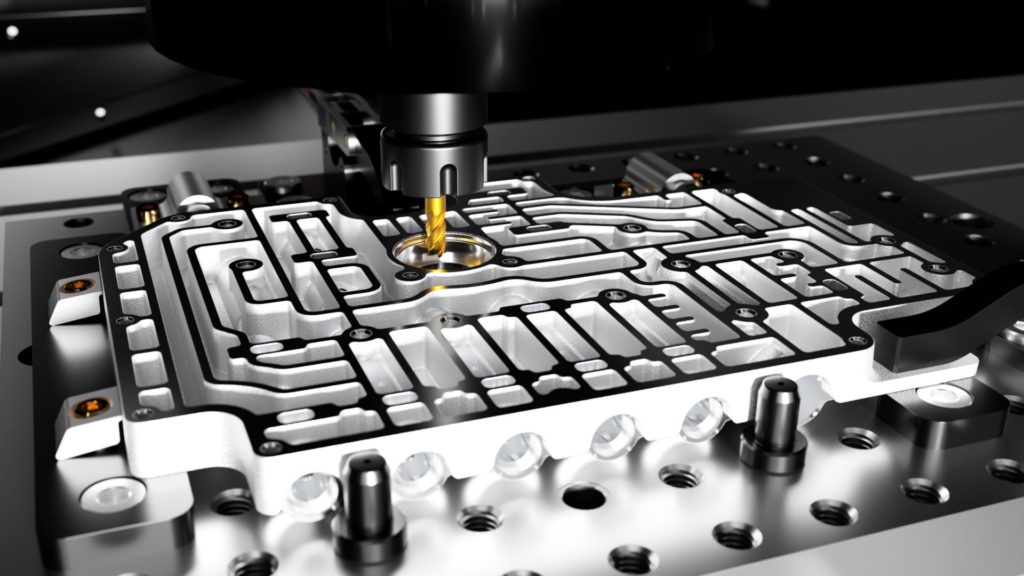& Construction

Integrated BIM tools, including Revit, AutoCAD, and Civil 3D
& Manufacturing

Professional CAD/CAM tools built on Inventor and AutoCAD
2 min read
Within the machining industry, there can sometimes be confusion between the terms high feed rate and rapid feed rate. This article discusses the difference between the two and the advantages and disadvantages of each.

Rapid feed rate typically refers to the maximum feed rate achievable by the CNC machine. The rapid feed rate control on the machine will control the feed rate. The benefit of rapid feed is the speed of travel. Our manufacturing process can have shorter cycle times if we can get to the required destination in a shorter period.
The possible disadvantages of rapid feed are unpredictable dogleg moves. This occurs when different axis have different maximum feed rates because each axis can get to its required destination before the other. Ultimately, some controls automatically compensate for the dogleg motion so that it doesn’t occur. Others will move all axes as fast as possible. Occasionally, this is even an option set on the CNC control.
A high feed rate generally refers to a controlled higher feed rate that activates G01 (G01 is a high feed move, while G0 is a rapid feed move). You can control feed rate within CAD software. The benefit to using high feed is the reduction in feed rate can avoid unpredictable, possibly dangerous, dogleg moves. Alternatively, the disadvantage is that cycle times can be less efficient due to the speed reduction of the traveling axis.
Within Autodesk Fusion 360, you can control what kind of linking move is outputted within the Linking tab. Within the high feed rate drop-down, under linking, there are six options, including:

The default high feed rate mode in Fusion 360 is Preserve Rapid Movements. This may be desirable for you, but if you’d like to change the default selection, you can follow the below steps:

Now you know more about the differences between rapid feed rate and high feed rate. Ready to machine your next idea using an integrated CAD/CAM solution? Try Fusion 360 for free today:

By clicking subscribe, I agree to receive the Fusion newsletter and acknowledge the Autodesk Privacy Statement.
Success!
May we collect and use your data?
Learn more about the Third Party Services we use and our Privacy Statement.May we collect and use your data to tailor your experience?
Explore the benefits of a customized experience by managing your privacy settings for this site or visit our Privacy Statement to learn more about your options.